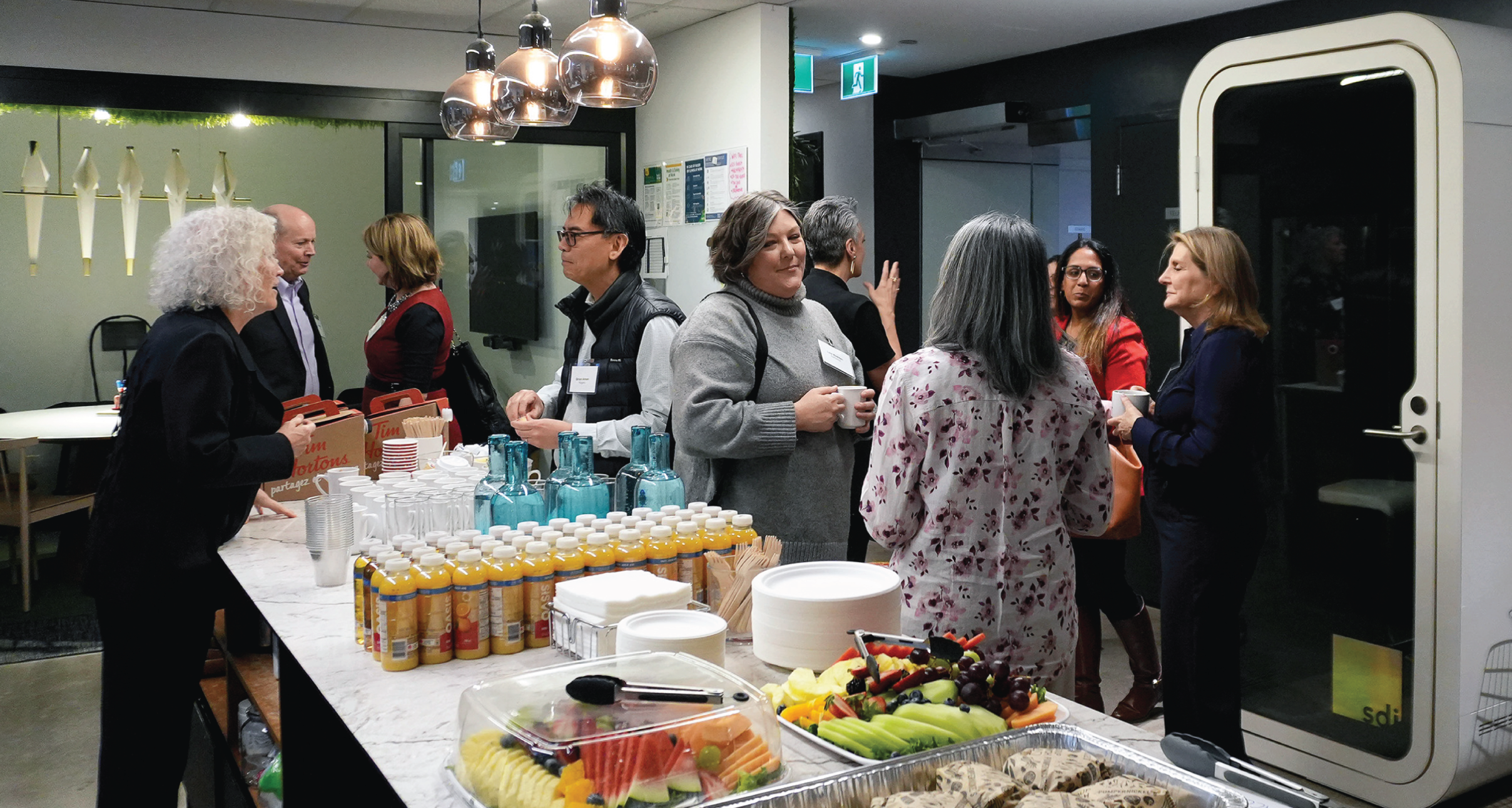With mask and social distancing guidelines in place in New York City and vaccine distribution a few months from general distribution, more people are returning to their offices in numbers not seen since late March. But how are the new norms affecting the physical plants of these buildings and what should be expected in terms of supporting the reopening of offices?
For a start, landlords and occupiers need to be mindful of pre-COVID-19 and post-Covid behaviors. Social distancing, mask requirements, way-finding signage, and adhering to elevator occupancy restrictions are accepted by most tenants and staff. But enhancing and maintaining indoor air quality (IAQ) throughout building interiors is the responsibility of owners and management. From the front entrance to the lobby, elevators, stairwells, bathroom facilities and individual offices, the elevation of indoor air quality is of critical importance because of the airborne nature of infection of Covid-19.
Addressing the IAQ
To achieve essential IAQ levels, landlords should begin the process of tracking and monitoring occupiers and guests with temperature screening. In gate-secured lobbies checks are already being implemented with temperature tracking monitors. In open lobbies, front desk personal may use no-touch instant read thermometers before allowing occupiers and guests access.
Over the past six months, the majority of Class A office buildings in New York have installed MERV and/or HEPA filtration systems. Some have also added ultraviolet lights in the air handling systems to clear the air of bacteria before being circulated throughout the building.
Although many of the Class A buildings can implement the process of monitoring IAQ deliverables, Class B & C buildings face multiple challenges. Those without central plant air filtration systems, must rely on individual tenants to be responsible for their air-conditioning and heating systems. Older buildings that decades ago were refitted with central HVAC systems, often do not have the infrastructure to install MERV or similar filtration systems. Even if able to do so, installation costs can be prohibitive and, especially, at a time when revenues in all sectors are tentative. In these cases, an assessment of enhancement capabilities should be made by an environmental consultant to determine which deliverables are actually feasible. The balance for achieving a level of security for indoor air quality will be defined by an assessment of the CFM (cubic feet per minute) to determine what is permissible without the installation of MERV filtration. One alternative may be ultraviolet light, which in many cases may be installed with existing systems to help to clean the air of bacteria.
Moving forward, commercial office buildings in New York City will benefit from evolving guidelines as we continue consider reoccupying buildings and focus on controlling a better indoor air quality to mitigate current and future transmissions. But in the interim, such practices as enhanced air filtration, janitorial specs for maintenance, temperature monitoring, and strict adherence to mask-wearing will help to keep occupiers and staff safer. Expect local laws to be issued outlining updated IAQ criteria for healthy buildings, as well as new ASHRAE standards.
With a new year just around the corner, along with citywide distribution of the vaccine, people should be returning en masse to their offices in Midtown, Downtown, and beyond. But only if buildings manage and enhance IAQ will retention of occupiers be successful.



